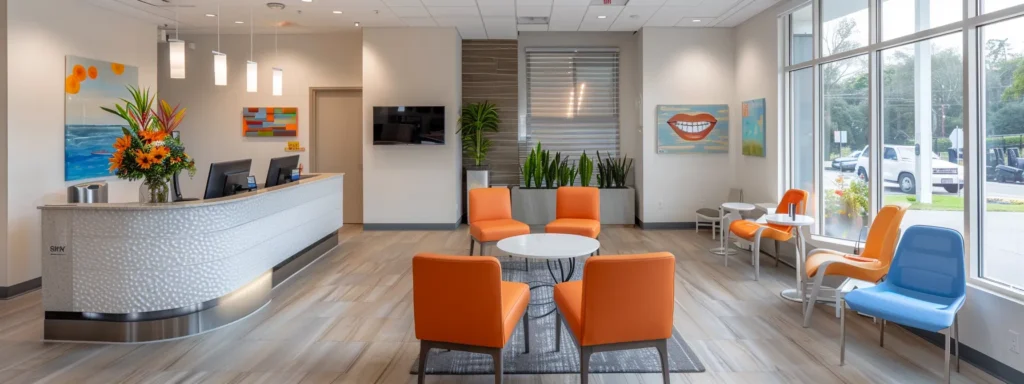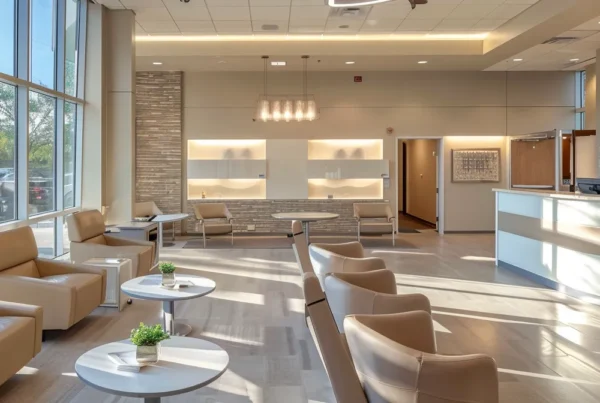Having a well-stocked dental emergency kit at home can be the difference between managing a minor issue and letting it spiral into a full-blown emergency. Whether it’s a sudden toothache, a broken crown, or a knocked-out tooth, the right supplies can offer comfort and prevent complications until professional care is available.
To ensure you’re fully prepared, your kit should include essential tools for assessment, effective pain relief options, and materials for temporary repairs. This combination empowers families to respond calmly and confidently to unexpected oral health issues.
Tools for Diagnosis and Immediate Response
Your kit should feature tools that help you assess and respond to the emergency quickly. A dental mirror and a small LED flashlight will allow you to inspect hard-to-see areas inside the mouth. Tweezers can help remove debris, and gloves are a must for hygienic handling.
Having these items readily available means you can identify the nature and severity of the problem before taking further action. This can help reduce panic, facilitate better decisions, and improve outcomes.
Managing Pain and Discomfort on the Spot
Toothaches and dental injuries often come with significant pain. Your dental emergency kit should be equipped to offer immediate relief through both over-the-counter and topical options.
- Pain Relievers: Stock ibuprofen and acetaminophen for general pain management and inflammation control.
- Oral Anesthetics: Include gels with benzocaine to numb the affected area quickly.
- Cold Packs: Keep a reusable cold compress nearby to reduce swelling after trauma.
Together, these items can stabilize discomfort while you prepare for a dental appointment.
Temporary Repair Materials for Dental Issues
Sometimes, a quick fix can prevent further damage. Including materials for temporary repairs helps preserve dental structure until you can get to your dentist.
- Dental Wax: Useful for protecting soft tissue from sharp edges of broken teeth or braces.
- Temporary Filling Material: Helps cover a lost filling or chipped tooth.
- Cotton Balls and Gauze: To cushion affected areas and manage mild bleeding.
These materials don’t replace professional care but provide essential support during the interim.
Specialized Care for Braces and Dentures
If you or a family member wears braces or dentures, your dental emergency kit should include tools tailored to their needs.
- Orthodontic Wax: Shields the mouth from protruding wires or brackets.
- Denture Adhesive: Helps stabilize loose dentures temporarily.
- Cleaning Tablets: Keep dentures clean and safe while waiting for a professional repair.
Customizing your kit ensures you’re ready for a wider range of emergencies.

Knowing When to Use the Kit, and When Not To
Not every dental issue is an emergency, and not all emergencies can be managed at home. Knowing the difference is crucial.
If the problem involves uncontrollable bleeding, swelling that affects breathing, or persistent, severe pain, it’s time to call your dentist or visit an emergency facility. On the other hand, minor chips, mild toothaches, or temporary crown dislodgment may be managed at home temporarily using your kit.
Understanding these thresholds ensures your kit is used appropriately and that professional help is sought when needed.
Maintenance and Storage Tips
A dental emergency kit is only useful if it’s well maintained and easy to access. Store your supplies in a waterproof, clearly labeled container in a known and reachable location.
Check your kit every six months to replace expired medications or replenish used items. Staying on top of your kit’s condition keeps you one step ahead in any emergency.
Peace of Mind in a Box
A Dental Emergency First Aid Kit is more than just a collection of items, it’s a tool for empowerment and peace of mind. It ensures you’re never left scrambling when a dental mishap occurs and bridges the gap to professional care.
By preparing in advance, you give yourself and your loved ones the confidence to handle the unexpected. And with guidance from Grand Prairie Family Dental, you’ll know exactly what to do next. Let us help you build the right kit and the right habits, because when it comes to your smile, preparation is everything.
Book an appointment with Grand Prairie, TX’s top dentist, Dr. Khademazad, today. It’s the first step to a better smile and increased self-esteem. Call us at 972-988-0900.
Schedule Your Consultation Today!
Grand Prairie Family Dental
2475 W Pioneer Pkwy Grand Prairie, Texas, 75051
Google Reviews: See More Reviews From Grand Prairie Family Dental
View information about local places in our community.
Driving Directions to Our Practice
Frequently Asked Questions
What should I include in a dental first aid kit?
Having a well-stocked dental emergency kit at home can make a big difference when unexpected issues arise. It’s not a replacement for professional care, but it’s your first line of defense in stabilizing discomfort and preventing further damage until you reach the dentist.
Your kit should contain over-the-counter pain relievers like ibuprofen or acetaminophen, sterile gauze for bleeding, temporary filling material, dental wax to cover sharp edges, and disposable gloves. A dental mirror and tweezers are also helpful tools for examining your mouth and safely removing debris. With these essentials, you’ll be equipped to handle a range of minor emergencies quickly and calmly.
How do I use a dental emergency first aid kit?
Knowing how to use each item in your kit is just as important as having the supplies on hand. It can help reduce pain, prevent infection, and keep a situation from worsening before you see your dentist.
For minor problems like a lost filling, apply the temporary material to protect the exposed area. Use gauze to control bleeding or apply a cold compress for swelling. Dental wax can be used to cover a broken bracket or jagged tooth edge. Just remember, the kit is meant for short-term relief, it’s not a substitute for professional care in more serious situations.
When should I visit a dentist instead of using the kit?
While your dental kit is useful in emergencies, it has its limits. Some situations simply require expert care to resolve and heal properly.
If you’re dealing with severe or persistent pain, noticeable swelling in your face or jaw, uncontrolled bleeding, or a dental injury involving broken teeth or trauma to your mouth, don’t wait, contact your dentist right away. Your emergency kit is there to help you manage symptoms temporarily, but only a professional can provide the treatment needed for lasting results.
Related Articles
Emergency Tooth Extraction, Dental Emergencies, Tips for Emergency Dental Care, Dental Emergency Symptoms, Emergency Dental Procedures, Emergency Dental Insurance, Dental Trauma and Injuries, Lost a Filling or Crown






